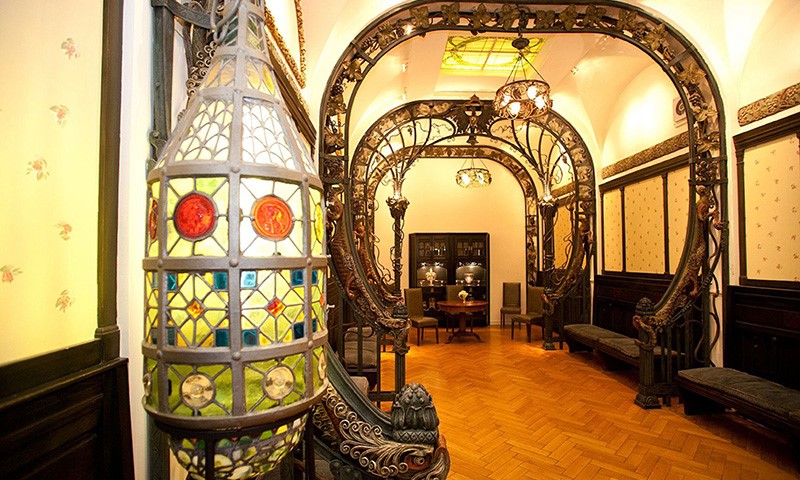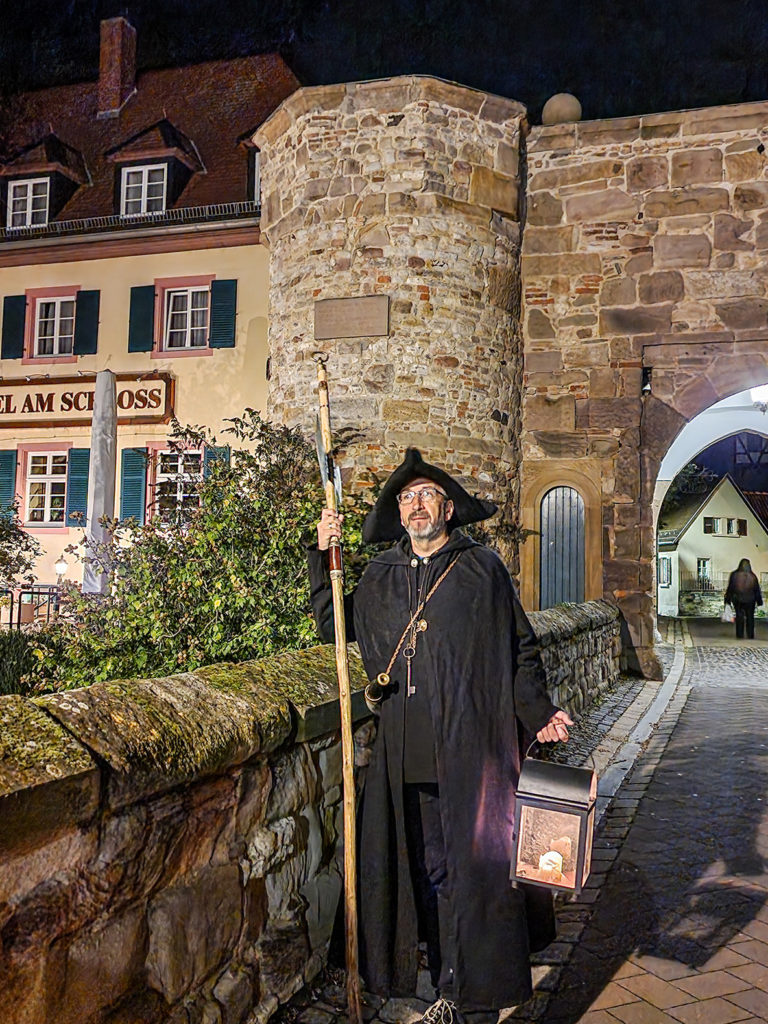What would Germany's largest wine-growing region, Rheinhessen, be without its cities with great history and the majestic imperial cathedrals in Mainz and Worms? But there is much more to discover, from striking buildings and tranquil gems to world-famous vineyards. We introduce you to places that you should have visited once during your trip to Rheinhessen. Well-known landmarks are included, but also perhaps surprising places and a mystical place underground.
Flonheim trullo
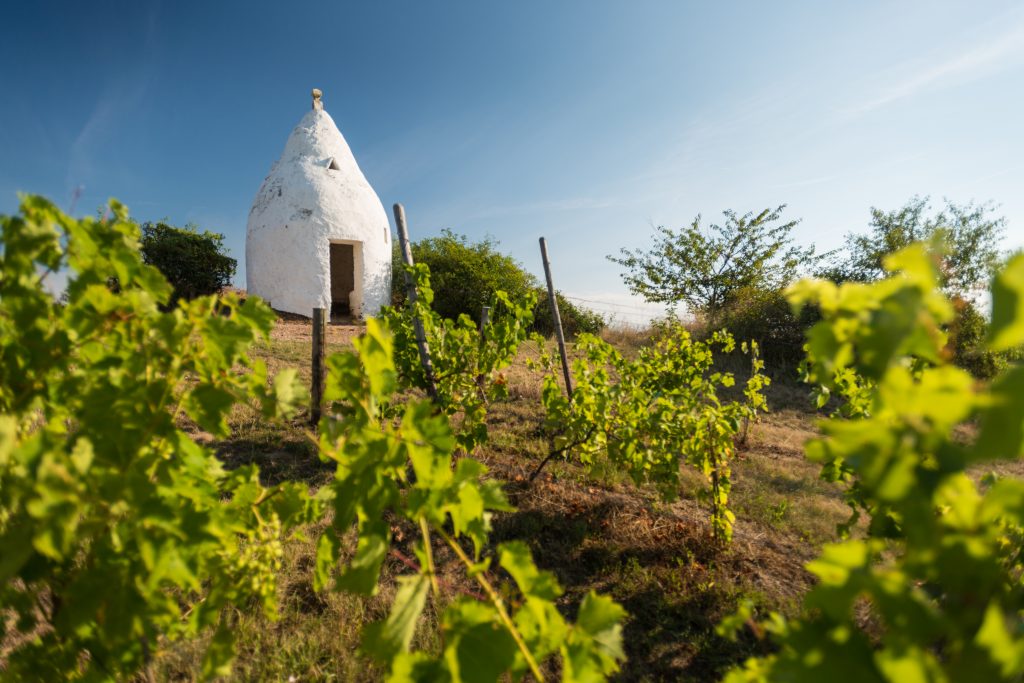
White like a sugar loaf, the Flonheim Trullo peeks out from the vineyards and is one of the most popular photo motifs in Rheinhessen. Its construction is reminiscent of the round houses in Apulia, which are built exactly like this in cantilever construction with stones without mortar. Built in the 18th century, the trulli were used as shelters for winegrowers and their employees. It is believed that Lombard migrant workers helped in the construction at that time.
Jewish cemetery in Worms
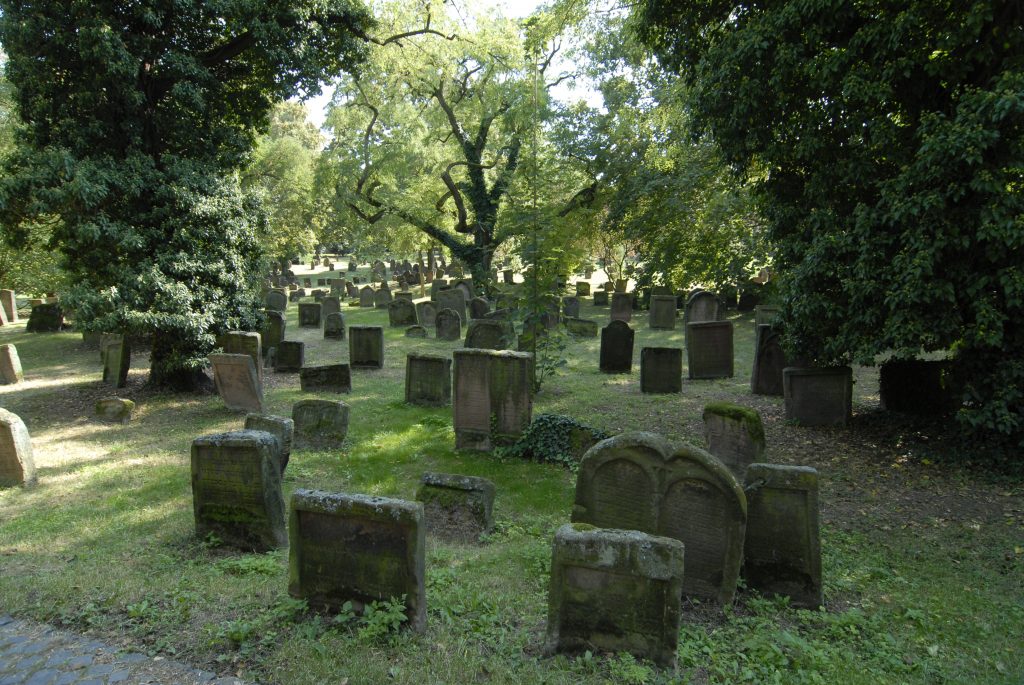
More than 2500 tombstones from the 11th to the 20th century stand in the cemetery, which has never been destroyed. The grave of the famous Rabbi Meir of Rothenburg attracts visitors of Jewish faith from all over the world, especially from Israel and the USA. His tombstone is strewn with small stones and slips of paper with messages and wishes.
Cathedral of St. Martin in Mainz
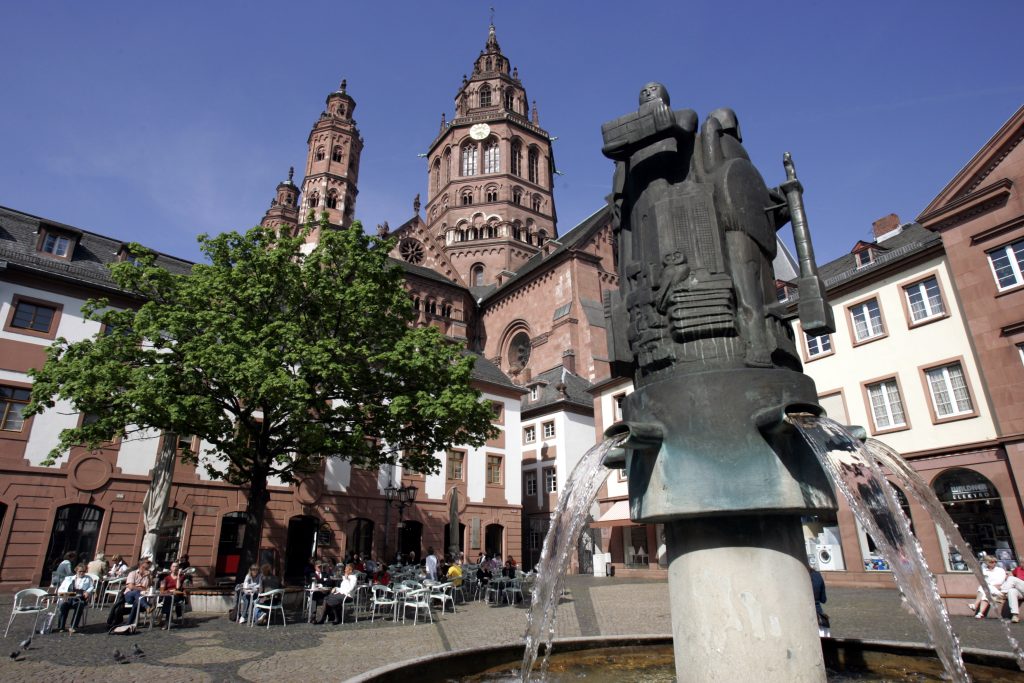
Seven kings have been crowned in the cathedral since it was built in 975. The cathedral has burned seven times, was shelled in times of war, but was always rebuilt. Today, the cathedral's massive red sandstone mountains, the tombs of 45 bishops and the altar of Mary with the "beautiful Mainz woman" are particularly impressive.
Oppenheim underground
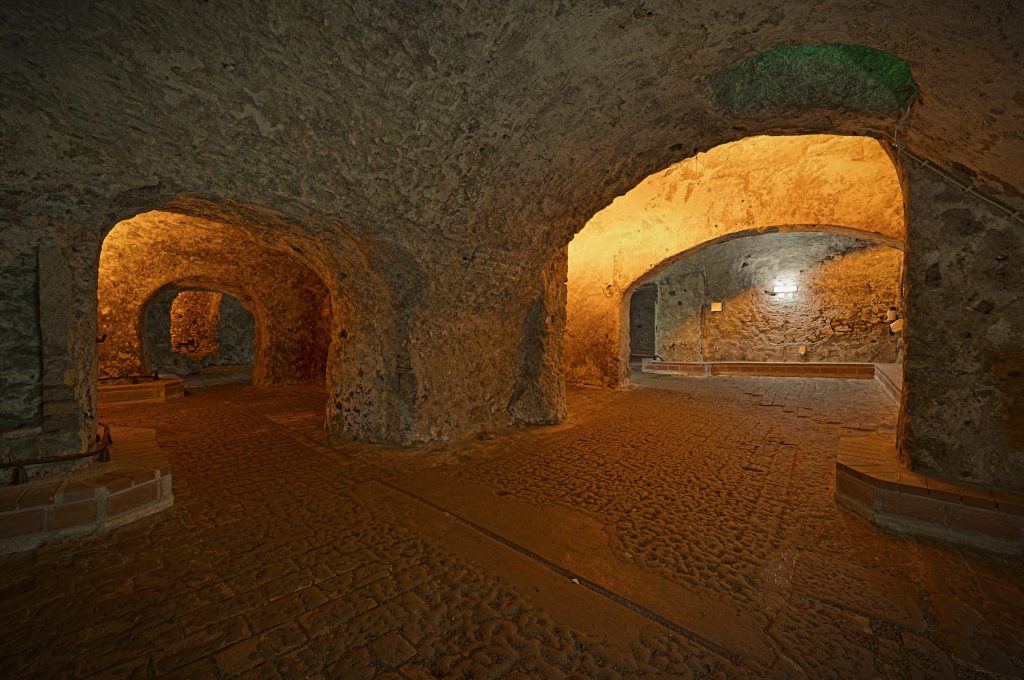
In Oppenheim, steep staircases lead deep down into the underworld, which opens up under the marketplace and branches out widely in all directions. The cellars had several floors, were interconnected and reached into neighboring villages. Loose clay soil made it easy to dig the cellar passages, but the soil under the houses definitely had its "own will". Today, various thematic tours of the mysterious vaults are offered.
Bingen cultural bank
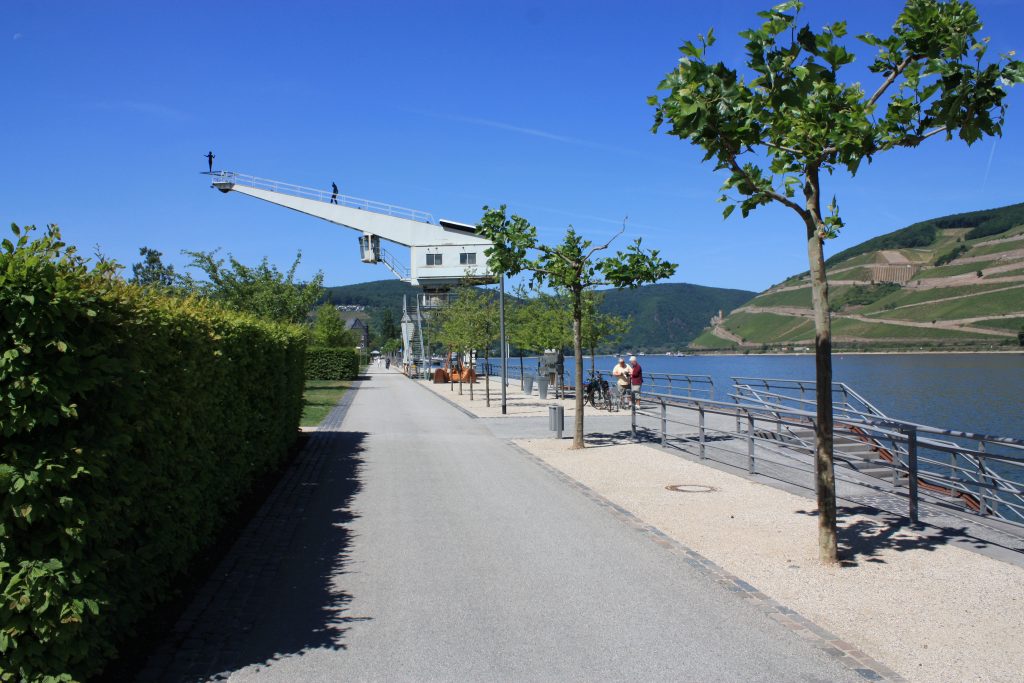
Along the Rhine promenade, the Bingen Kulturufer invites you to stroll. With gardens, mouse tower, museums and vinotheque, it is a meeting place, park, playground, open-air stage, gallery and a place for special wine enjoyment all in one.
Cathedral of St. Peter in Worms
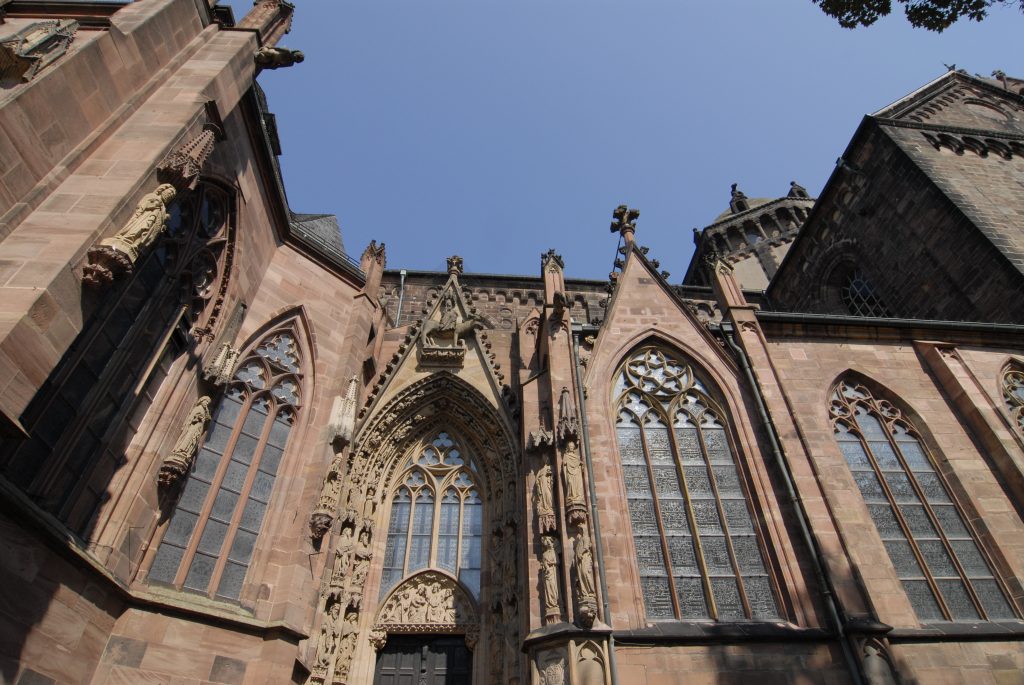
The three imperial cathedrals in Speyer, Mainz and Worms are among the most important achievements of Romanesque church architecture. St. Peter's Cathedral in Worms made German history in 1048 with the election of Pope Leo IX and in 1521 with the Imperial Diet at which Martin Luther renounced his teachings. Every year, the cathedral is a magnificent backdrop for the Nibelungen Festival.
Imperial palace in Ingelheim
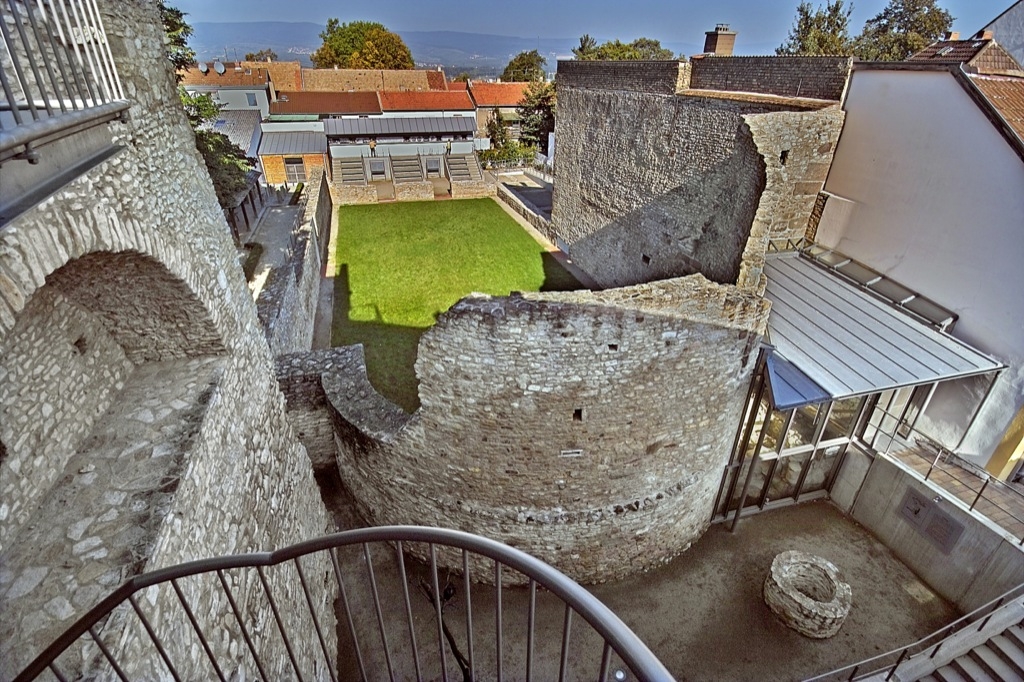
The Ingelheim Imperial Palace, built around 800, is one of the most impressive achievements of Emperor Charlemagne's life. The remains of the palace architecture still characterize the cityscape today. In recent years, the imperial palace has undergone intensive archaeological research and extensive restoration. Since then, the Ingelheim Imperial Palace has been considered one of the best-studied complexes of its kind.
Spotted wall in Flörsheim-Dalsheim
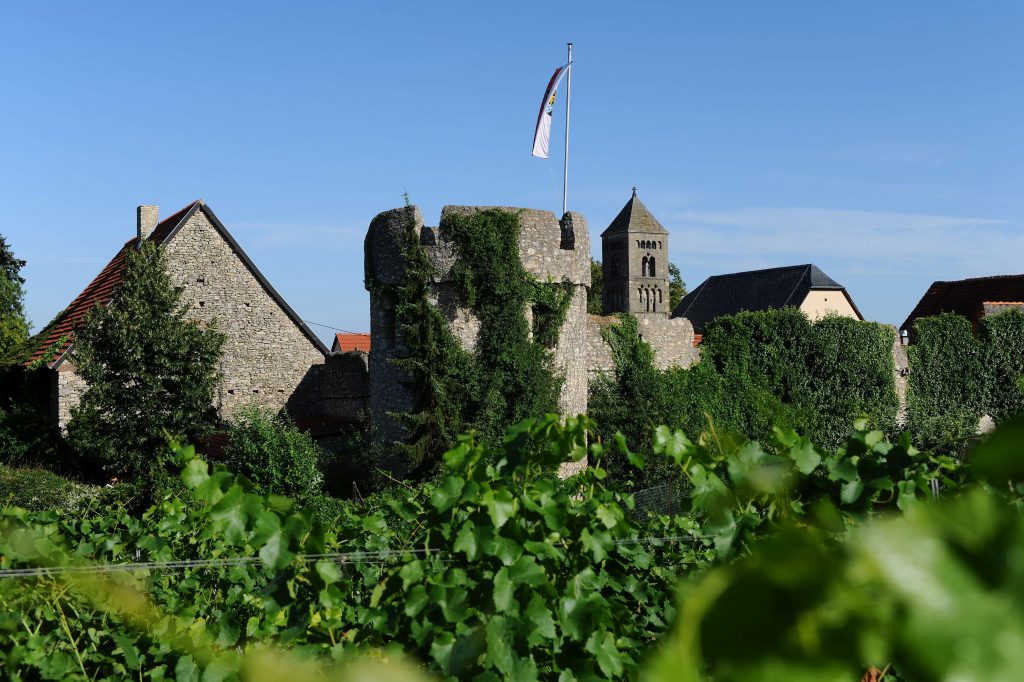
The Fleckenmauer, the only surviving medieval town fortification in Rheinhessen, does not bear its name because it is dirty or its structure has a particularly varied pattern. Rather, the wall, which was probably built between 1470 and 1490, surrounds the former village of Dalsheim. The wall, which is about 1100 meters long and up to 10 meters high, was built with unhewn limestones and can still boast all of its seven towers.
Heidenturm church in Guntersblum
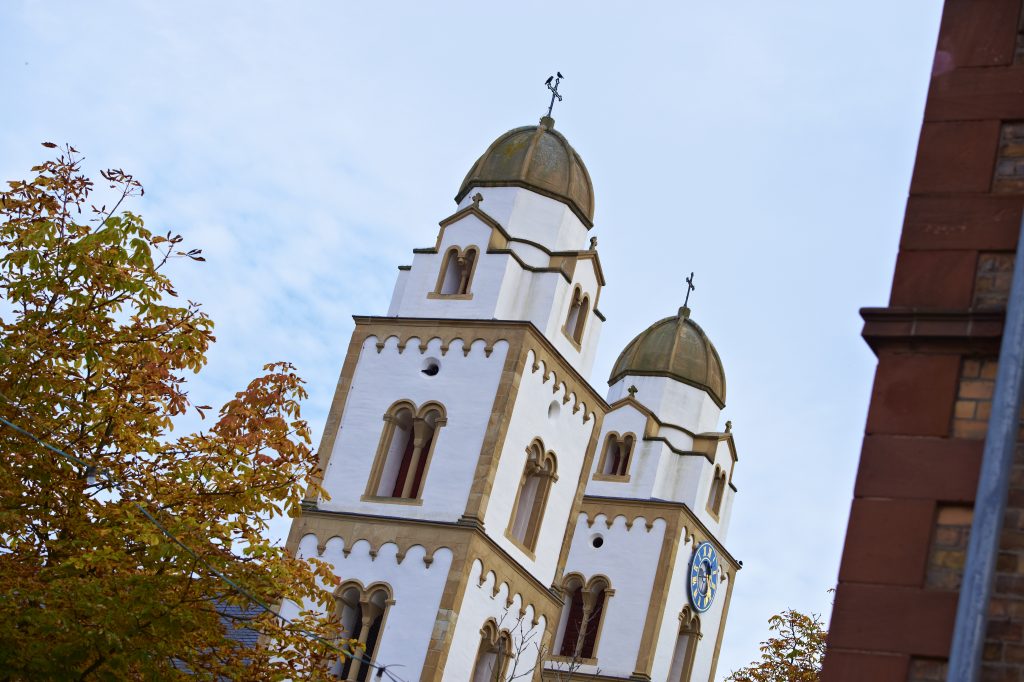
The west facade of the Heidenturmkirche in Guntersblum with its oriental-looking towers is impressive. The origin of the towers lies in the time of the Crusades. In the vernacular, they are called "Saracen towers" or simply pagan towers. Their architecture can only be found here in Rheinhessen in Alsheim, Dittelsheim-Hessloch and in Worms and leads back to the time of the crusaders.
Red slope in Nierstein
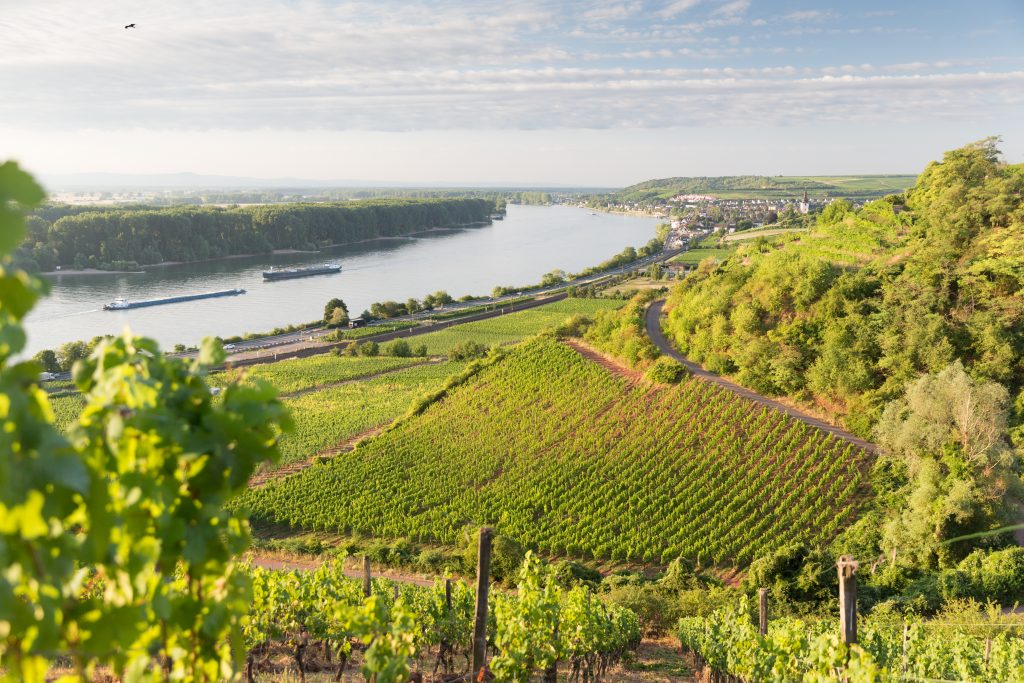
On the border between the Mainz Basin and the Upper Rhine Graben, the steep Rote Hang stands for a very special filigree and finely fruity Riesling. This is due to the interplay of microclimate and Rotliegend, which gave the vineyard its name. The winemakers from Nierstein and Schwabsburg guarantee the best quality of the wine in the vineyard and in the cellar.


